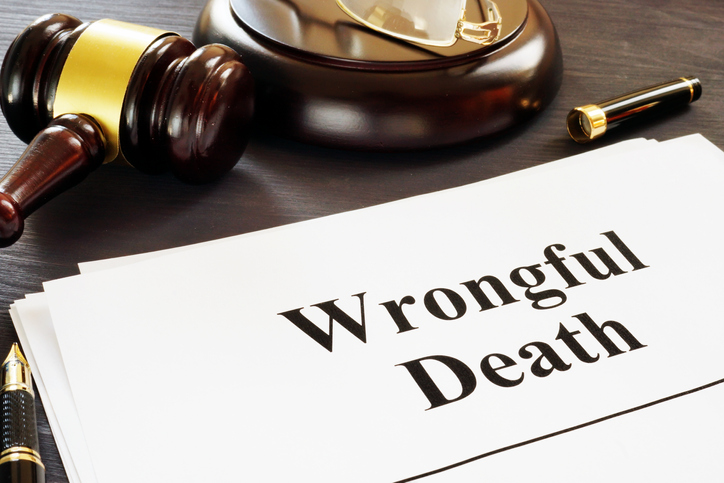

(844) - 444-4444

Surviving family members may be entitled to compensation after a wrongful death on New York roads. The deceased person’s family, through a duly appointed personal representative, can file a lawsuit demanding money damages for harm caused. These damages can relate to pain, suffering, anguish, and pre-impact terror the deceased person may have endured before the death.
Such damages can also concern pecuniary, or economic, injuries faced by family members in the wake of the untimely death. Wrongful death lawsuits can engender significant emotion. No amount of money can bring back a loved one killed due to the wrongdoing of another. At the same time, such claims can help provide financial support and allow family members to achieve some sense of closure by holding responsible parties liable.
Not all wrongful death cases go to trial. Some claims, particularly those with clear liability scenarios and agreed upon damage amounts, can be resolved early on without the need for trial. The insurance company for the liable party or parties, contractually required to “indemnify” the responsible party for any obligation to pay for damages caused, may choose to extend a fair settlement offer early on. Other times, the insurance company may instead opt to defend the lawsuit.
A successful New York wrongful death lawsuit will require a showing that the person who caused the harm was negligent by failing to uphold the duty of reasonable care. Those who interact in society must do so in a reasonable manner, using due care to avoid causing harm to others. This duty of care is especially important on streets and roadways, where people sit inside large, mobile instrumentalities of potential harm.
New York courts have recognized that rules of the road contained in the Vehicle and Traffic Law constitute the standard of care for a given situation. For example, someone who refuses to stop at a red light in violation of the Vehicle and Traffic Law will generally be found negligent.
As a practical matter, it can be challenging to establish negligence in a wrongful death case. In many personal injury cases, the sworn testimony of witnesses—whether they are parties or non-parties—is used to meet the burden of proof. By nature, someone who is wrongfully killed on New York roads will not be able to testify as to what happened. Proving negligence in a wrongful death case can be challenging. An experienced attorney can help overcome this obstacle through use of what is called the “Noseworthy Doctrine,” a device which effectively reduces the burden of proof. As recently explained by the Appellate Division, Third Department in Tyrell v Pollak, a 2018 decision:
“The theory behind the Noseworthy charge is that it is unfair to permit a defendant who has knowledge of the facts to benefit by remaining mute in a wrongful death action where the decedent is unavailable to describe the occurrence.”
The Noseworthy doctrine is a powerful tool that seeks to put the parties on relatively equal footing—even though one of them is no longer living.
If your family member was killed in a New York motor vehicle crash, you may be entitled to compensation for any pain and suffering or pre-impact terror that family member may have experienced before the death. There can be no such recovery unless pain and suffering or fear or imminent death was conscious, i.e., the person perceived what was happening before death.
Again, for practical reasons, it can be very challenging to meet this burden of proof through direct testimonial evidence, but an experienced attorney can help surmount this challenge by relying on circumstantial or expert evidence.
Circumstantial evidence permits the finder of fact—often a jury—to draw an inference from a set of known facts to the conclusion. In this context, conjecture or surmise will not suffice and the personal representative appointed by the family must instead point to concrete evidence supporting a reasonable inference of conscious pain and suffering. If not, expert testimony—based on a forensic examination or review of medical records—can potentially bridge the gap.
A wrongful death lawsuit, often accompanied with a survival claim for pain and suffering or pre-impact terror, will never bring a loved one back. At the same time, it has the capacity to bring a sense of closure by making the responsible person pay for damage caused. The attorneys at William Mattar, P.C. have helped many families achieve maximum compensation after a wrongful death on New York roads. We would be honored to use our knowledge and resources to help your family during a difficult time.





